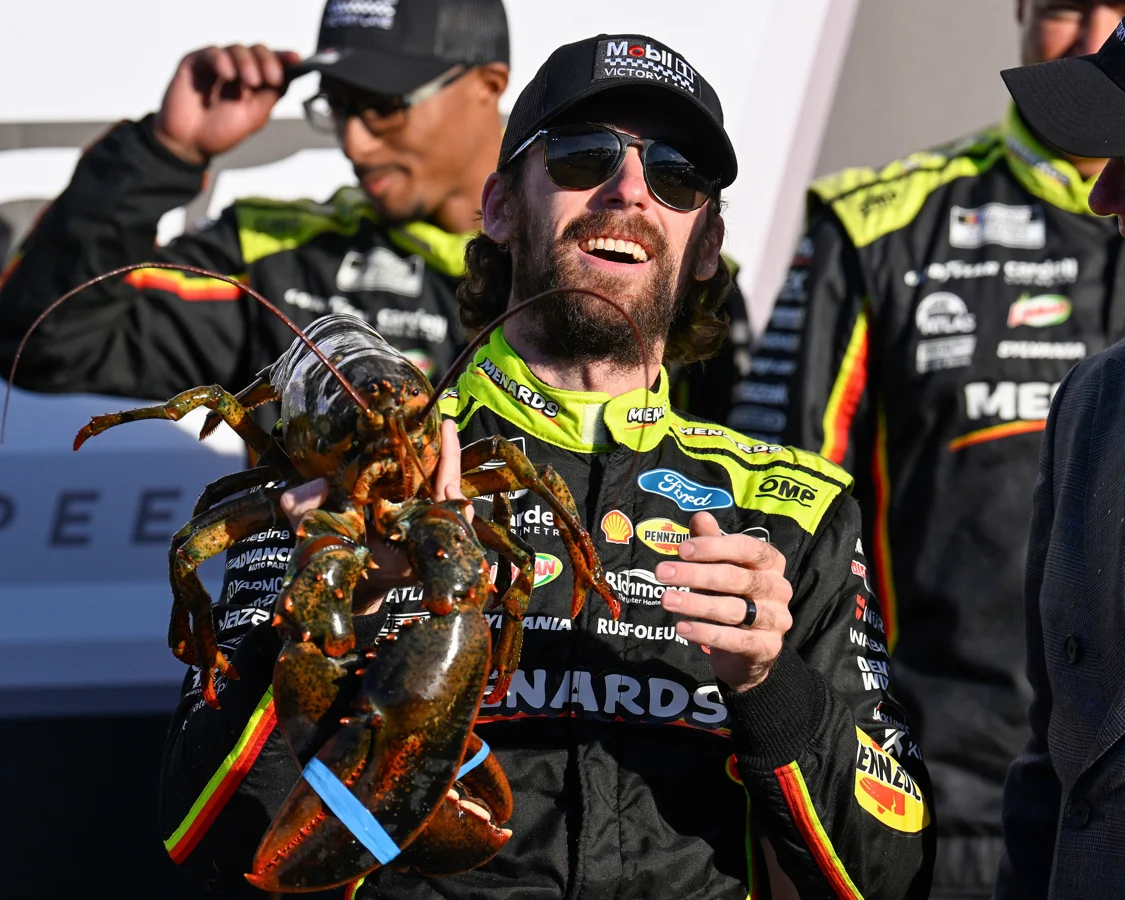Ryan Blaney secured a vital win at New Hampshire’s Magic Mile that not only boosted his confidence but also earned him the first playoff spot in the Cup Series Round of 8 this season. This achievement reflects Blaney’s hallmark strength this year—unrelenting speed maintained consistently over the course of races, a trait shared by William Byron, the 2025 regular-season champion, who alongside Blaney has set a new standard for NASCAR consistency in the current season.
Both drivers stand apart through sustained performance, illustrated by a unique metric tracking the number of races where a driver’s average lap time ranks in the top 10. As of 30 races into the 2025 Cup Series, Blaney and Byron each achieved this feat in 19 events, a statistic posted by analyst Daniel Cespedes on X. This means that in roughly two-thirds of the season, these two have maintained pace worthy of contention throughout entire races.
Tracking the Pace: How Blaney and Byron Dominate Consistency Metrics
While many drivers have demonstrated moments of speed, few have matched the full-race consistency of Blaney and Byron. Close competitors like Christopher Bell, Kyle Larson, and Tyler Reddick have each achieved 18 top-10 average lap performances, but the slight margin makes a critical difference. Blaney’s No. 12 Ford and Byron’s No. 24 Chevrolet excel at managing all race variables, including traffic, tire life, and in-race adjustments, which has allowed them to maintain front-running speed almost regardless of track conditions or race situations.

NASCAR’s Racing Insights ratings provide further evidence of their comprehensive skills, scoring drivers in speed, long-run speed, passing, defense, and restarts. Through the Round of 12, Byron ranks near the top in every category: second in speed, third in long-run speed, second in passing, fourth in defense, and leads in restarts. Blaney outpaces competitors by sitting first in speed, long-run speed, and passing, while holding respectable positions in defense and restarts. These ratings collectively explain why these two drivers have raised the bar as the playoffs move toward Kansas.
New Hampshire Weekend Showcases Their Strength Amid Playoff Pressure
William Byron’s journey into the Round of 12 has not been without hurdles. After three playoff races outside the top ten, he adopted a “methodical progression” approach, evident in his strong performance at Loudon. The Hendrick Motorsports driver led practice speeds at 127.834 mph and qualified fifth with a lap time of 29.373 seconds—an encouraging sign given HMS’s historical struggles at New Hampshire.
Conversely, Ryan Blaney and his Team Penske squad demonstrated commanding form on long runs throughout the weekend. Blaney topped average lap speeds in multiple intervals—10-, 15-, 20-, 25-, and 30-lap segments—undeniably asserting Ford’s strength. On race day, this dominance translated clearly as Blaney led 116 of 301 laps, and along with his Wood Brothers ally, the team controlled 273 laps. Byron was the lone Chevrolet consistently contending in the race, finishing third, underscoring his resilience amid strong competition.
Following the race, Blaney sits slightly ahead in the playoff standings with 3084 points, edging Byron by just two points. Both drivers hold comfortable cushions above the playoff cutline with six events remaining, illuminating their elite level of consistency and keeping the playoff battle intensely competitive as the season progresses.
What Blaney and Byron’s Consistency Means for the 2025 NASCAR Playoffs
Their sustained speed and ability to handle race dynamics week after week have highlighted a shift in how drivers will approach the remainder of the 2025 season. It is no longer enough to rely on single-lap speed or strategic gambles; maintaining steady front-running pace from start to finish has proven the key to securing playoff advancement. Blaney and Byron’s ability to balance speed, tire conservation, and racecraft shows a blueprint for consistent success in NASCAR’s most challenging moments.
With the Cup Series heading towards Kansas and beyond, their performances set the stage for a thrilling battle ahead, emphasizing resilience and precision. Drivers and teams aiming to compete for the championship will need to emulate this level of consistency, as the margin for error narrows with every race that passes.
“Number of races with a Top-10 average lap time (through 30 races):” Daniel Cespedes, Analyst
Number of races with a Top-10 average lap time (through 30 races): pic.twitter.com/dDLAy1umTd
— Daniel Céspedes (@_DanielCespedes) September 24, 2025
